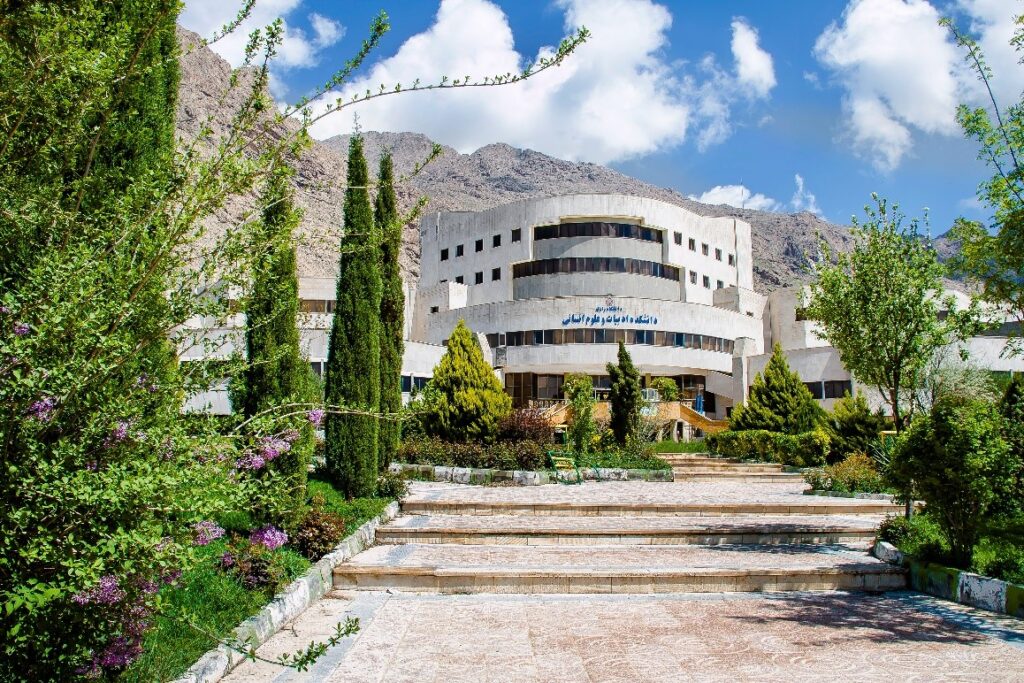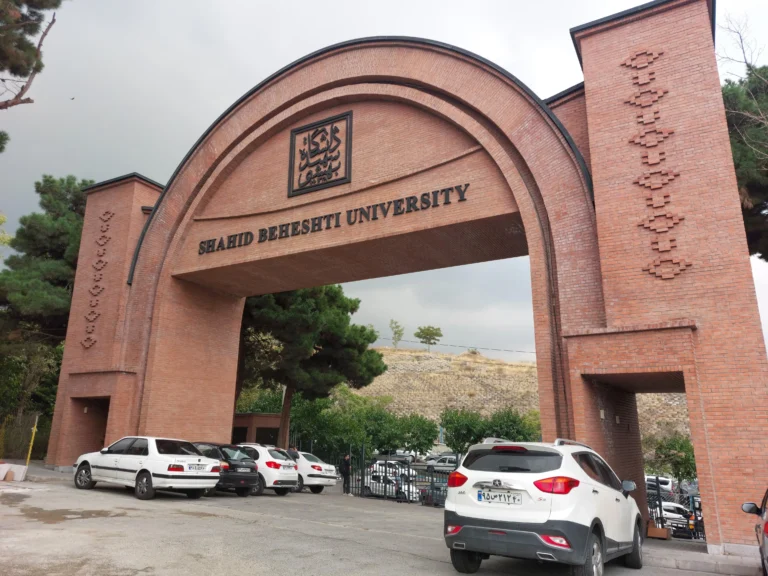
Brutalism is an architectural style that emerged in the 1950s and 1960s and had a significant influence in Iran. Rooted in modernist architecture, this style emphasizes the raw expression of materials, simple volumetric forms, and massive structures.
Characteristics of Brutalist Architecture in Iran
1. Use of Raw Concrete (Béton Brut):
Exposed concrete, without any coating or decoration, was used as the primary material in many buildings of this style.
2. Simple and Powerful Volumes:
Buildings often feature distinct geometric forms without decorative complexity.
3. Emphasis on Functionality:
The design is based on functional needs, creating minimalist yet efficient spaces.
4. Structural Elements as Aesthetic Features:
Columns, beams, and other structural components are left exposed and considered part of the visual design.
5. Small Windows and Enclosed Designs:
Many Brutalist buildings in Iran have small windows and tall, solid walls, which also respond to climatic and security considerations.
Examples of Brutalist Architecture in Iran
1. The Cultural Heritage Organization Building (Former Lalehzar Building)
2. Shahid Beheshti University (Some older faculty buildings)
3. Government and administrative buildings from the 1970s, such as the Ministry of Agriculture building
4. Hotels from the Pahlavi era with Brutalist influences
Why Was Brutalism Popular in Iran?
1. High Durability and Strength:
The use of raw concrete increased the durability and resistance of structures against earthquakes and harsh weather conditions.
2. A Modern Interpretation of Iranian Architecture:
Some architects sought to integrate Brutalist principles while maintaining elements of Iranian architectural identity.
3. Rapid Urban Development Needs:
During the late Pahlavi era, there was a surge in constructing government, university, and residential buildings. Brutalism, with its straightforward structures and accessible materials, was a practical solution.
Decline and Revival of Brutalism
After the 1979 Islamic Revolution, architectural trends shifted, favoring neoclassical and postmodern styles over Brutalism. However, in recent years, with the growing interest in sustainable architecture and the revival of modernist values, some Iranian architects have once again drawn inspiration from Brutalist elements in their designs.
Conclusion
Brutalist architecture in Iran, despite its raw and austere appearance, played a crucial role in the country’s urban development and modernization. Beyond its distinct aesthetics, this style was embraced for its structural strength and functional efficiency. Although it lost favor for some time, the renewed appreciation for sustainable architecture and modernist principles has sparked a resurgence of interest in Brutalist elements. The future of Brutalism in Iran depends on contemporary architectural approaches and urban demands, but its impact on the country’s modern architectural landscape remains undeniable.


No comments yet.